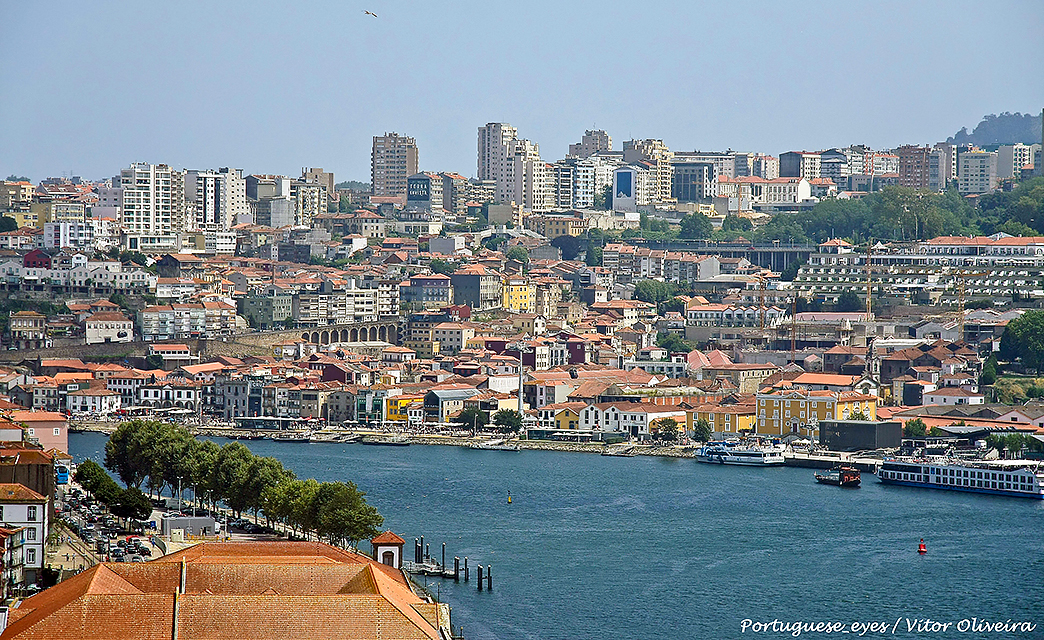Porto (port wine) often is mistaken to be a depth-of-winter libation sipped while gazing at a roaring fire, the finale to a robust meal. Porto certainly works in that scenario, but you miss out if you so limit your porto possibilities.
Port can be enjoyed any time, including chilled in summer. In fact, tawny port is best appreciated slightly chilled. Ruby port and vintage port are best around 60-64 degrees. More about port designations in a bit.
Here are the basics. Port/porto is a sweet, fortified dessert wine made in Portugal and identified by the word “Porto” on the label. The name comes from the city of Porto, the second-largest city in Portugal after Lisbon. It has been a UNESCO World Heritage Site since 1996.

Porto and its sister city, Vila Nova de Gaia, are on opposite banks of the Douro River in western Portugal. Grapes for making porto come down the Douro from vineyards in eastern Portugal. Grape-laden barges arrive in Gaia and go to “lodges,” where porto is made. The wine is made in Gaia, then shipped out of Porto.
Some 80 different grape varieties are permitted in porto making. Five are the most common: touriga nancional, touriga francesa, tinta roriz (aka tempranillo), tinta barroca, and tinta cão. Fermentation starts, but when it reaches six-to-nine percent alcohol fermentation is stopped by adding brandy. That brings the final ABV to some 20 percent. Porto is sweet, but tannins and racy acidity balance things out. Then the defining element of porto commences—aging.
The aging regimen prescribes categories of porto:
• Vintage Porto. Sits atop porto hierarchy. Made from best grapes in quality vintages. Very age worthy—coming into their own in decades rather than years. Oak influence is somewhat muted because they only spend two years in barrel, but then they spend years in bottle before release.
• Late-bottled. Wines spend four-to-six years in oak. Oak aging smooths things out, but the wine is less sophisticated—and less expensive—than vintage.
• Tawny. Experiences long aging in wood—10 to 40 years. The number of years usually is prominent on the label. Mellow, nutty, woody, dried fruit. Features oak more than quality grapes, although there are many examples that feature both.
• Ruby. Entry level porto. Usually ages two-three years in oak. Often blended with older wines to create a consistent house style.
Tasting note:

• Warre’s Vintage Porto 2016: Plush dessert in a glass with alcohol oomph (20%). Elegant, balanced, charming. Sweetness deftly paired with excellent acidity, fine-grained tannins. $100-110 Link to my review
Last round: Home is where cat hair sticks to everything but the cat. Wine time.

